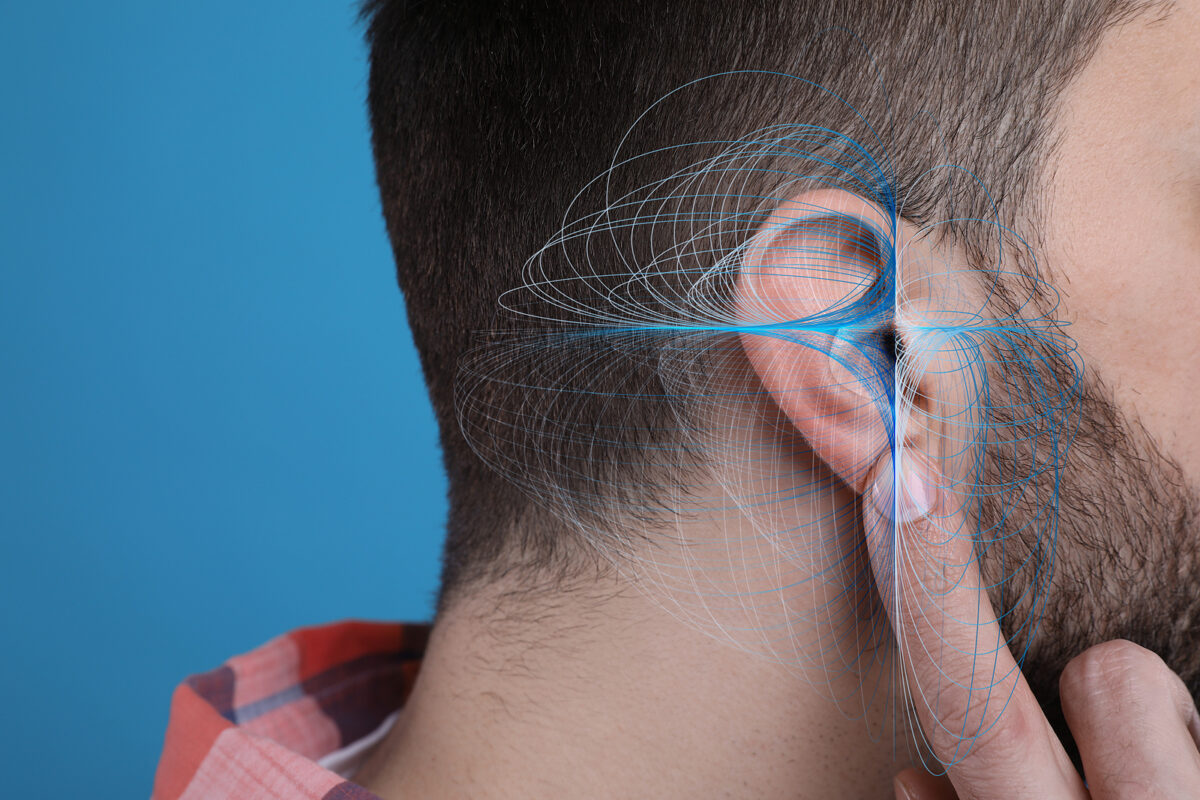We don’t often think about how we maintain our balance. Being able to stand upright and move through space without falling seems to occur naturally and automatically. But the balance system actually involves a complex process that takes place in the ears. This involves detecting position, providing feedback, and adjusting constantly. This process can be disrupted by different factors which contribute to balance issues and disorders. Learning about the balance system and the role the ears play can help you understand any balance issues you have been experiencing.
Understanding the Balance System
The vestibular system is the sensory system for balance which is in the inner ear. This system communicates information about spatial orientation, motion, and head position to the brain. It is also responsible for managing the motor functions that help us maintain our balance, posture, stability etc. The vestibular system consists of the vestibular labyrinth which includes a network of semicircular canals, otolith organs, and the vestibulocochlear nerve. These components work together to send the brain information that helps maintain balance. The semicircular canals are made of three loops or tubes that each detect a specific motion:
- First canal: nodding up and down motions
- Second canal: side to side movements
- Third canal: tilting left and right movements
These canals are filled with fluid and sensory cells. These cells act as sensory receptors, sending the brain information about movement and position in relation to gravity. Signals are sent to the brain through the vestibulocochlear nerve. The brain receives these signals (from visual cues, muscles, joints etc.) to understand spatial orientation. But this process can be disrupted and impacted in ways that affect balance and contribute to balance disorders.
Balance Disorders
The National Institute on Deafness & Other Communication Disorders estimates that 33 million people ( 15% of adults) have challenges with balance and/or experience dizziness:
- 20% of adults ages 65-75 have a balance disorder.
- 25% of adults ages 75 and older have a balance disorder.
A balance disorder describes difficulty maintaining balance and/or experiencing vertigo. Vertigo is the feeling that the room you are in is spinning, causing you to be dizzy. This can include bouts of dizziness that come and go or are more chronic. Common causes of balance disorders include:
- Inner ear disorders: Meniere’s disease, benign paroxysmal positional vertigo (BPPV), labyrinthitis, vestibular neuronitis
- Hearing loss
- Head or neck injuries
- Viral or bacterial infections
- High or low blood pressure
- Medical conditions like Alzheimer’s and multiple sclerosis
There are various symptoms produced by balance disorders. Common symptoms including the following:
- Dizziness spells, vertigo
- Experiencing falls
- Feeling like you are going to fall
- Blurred vision
- Lightheadedness, feeling faint
- Motion sickness, nausea
- Headaches
- Feeling disoriented
Symptoms of balance disorders can be mild or more profound, taking a toll on everyday life and wellness. These symptoms can impact how you feel, your safety, and spatial awareness. If you experience any of these symptoms, it is important to be evaluated.
Treating Balance Disorders
Treating balance disorders starts with being evaluated by a specialist that diagnoses and treats ear-related conditions. This includes an ENT (ear, nose, throat) doctor which is also referred to as an otolaryngologist. There are a range of evaluations they may use to assess your symptoms including a hearing test, imaging tests, and blood samples. Once the underlying cause of your symptoms is identified, your healthcare provider will tailor treatment to address this effectively. Treatment will depend on the underlying cause of the balance issues and can include:
- Medications: your healthcare provider may prescribe medications to alleviate symptoms.
- Canalith repositioning: this solution is used to treat BPPV which is an inner ear disorder that occurs when calcium crystals in the otolith organs become dislodged. This treatment involves making head movements to reposition crystals.
- Vestibular Rehabilitation Therapy: VRT is a type of therapy that involves doing exercises with the head, body, eyes etc. without triggering dizziness or vertigo.
These treatment options can alleviate balance issues and provide relief from symptoms. If you experience challenges with balance or dizziness, be sure to schedule an appointment to be evaluated.
Contact us to learn more about the balance system and the services as well as resources that are available to you.

